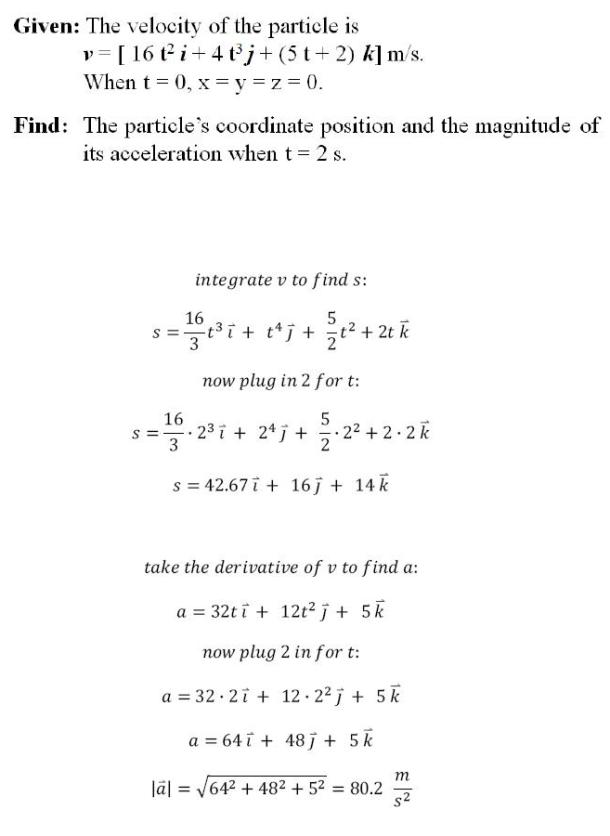dynamics math problems engineering equations dynamics basic mechanics school homework engineering math dynamics formulas dynamics problems dynamics problem solutions to dynamics problems full solution dynamics engineering dynamics problem solution dynamics math problems engineering equations dynamics basic mechanics school homework engineering math dynamics formulas dynamics problems dynamics problem solutions to dynamics problems full solution dynamics engineering dynamics problem solution
dynamics math problems engineering equations dynamics basic mechanics school homework engineering math dynamics formulas dynamics problems dynamics problem solutions to dynamics problems full solution dynamics engineering dynamics problem solution dynamics math problems engineering equations dynamics basic mechanics school homework engineering math dynamics formulas dynamics problems dynamics problem solutions to dynamics problems full solution dynamics engineering dynamics problem solution
The velocity of the particle is v=16(t^2) i + 4(t^3) j + (5t+2) k m/s. When t=0, x=y=z=0. Find the particle's coordinate position and the magnitude of
its acceleration when t=2 s.

The velocity of the particle is v=16(t^2) i + 4(t^3) j + (5t+2) k m/s. When t=0, x=y=z=0. Find the particle's coordinate position and the magnitude of
its acceleration when t=2 s.

